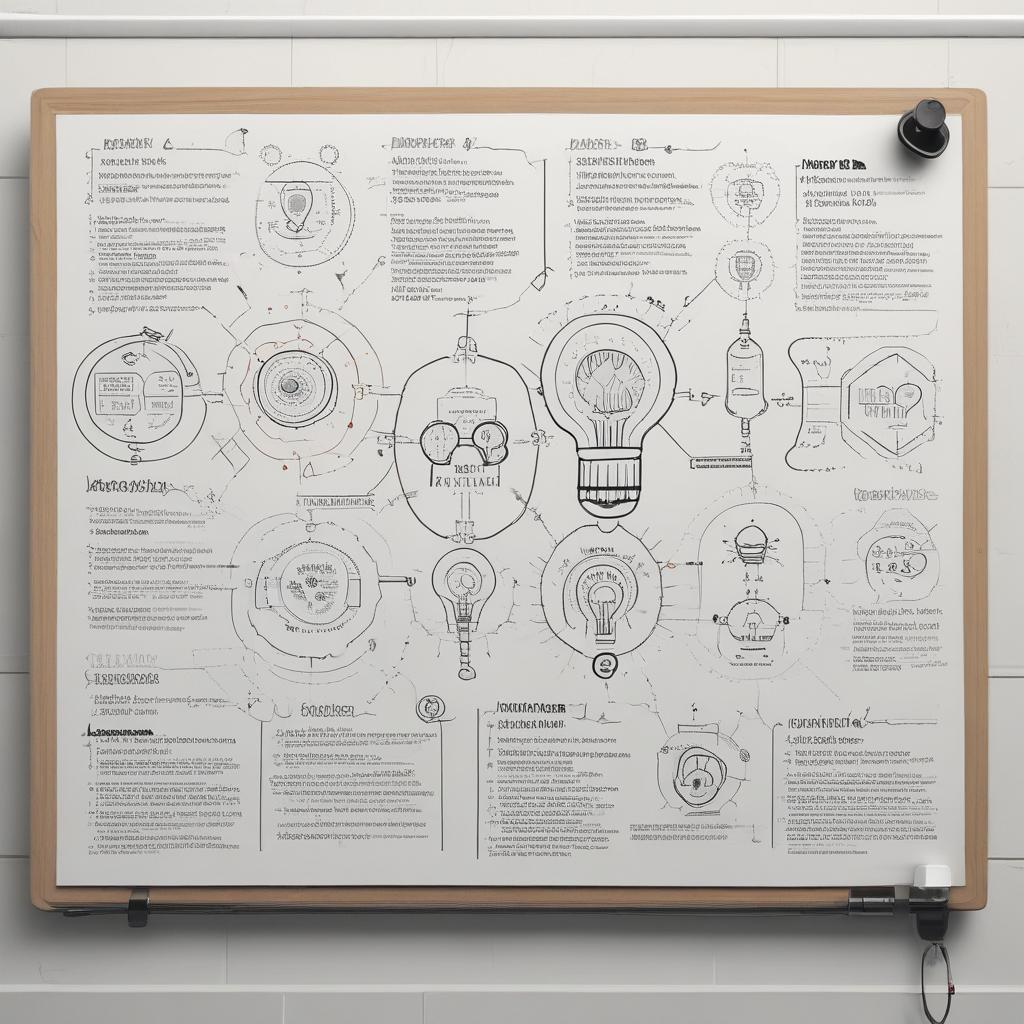Sustainable DIY Storage Cabinets Using Recycled Materials
Once upon a time in a quaint little village, there lived an elderly carpenter renowned for his creativity and commitment to the environment. The village was becoming cluttered with old materials: bits of wood, broken furniture, and scraps from various projects. The carpenter, Mr. Jacobs, saw potential in these discarded items, seeing them not as trash, but as treasures waiting to be transformed. One day, inspired by the growing need for organizational space in his own workshop, he decided to create a storage cabinet entirely out of these recycled materials. The result was not only functional but also incredibly stylish, quickly becoming the talk of the village. It wasn't long before everyone wanted one, and Mr. Jacobs found himself leading a community workshop on building sustainable storage solutions. This story highlights the potential of recycled materials to breathe new life into our homes, offering both a practical and ecological benefit.

The Importance of Sustainability in DIY projects
In today’s world, the focus on sustainability is greater than ever. DIY projects provide an excellent opportunity to incorporate environmentally friendly practices, particularly through the use of recycled materials. Building storage cabinets from recycled items not only reduces waste but also minimizes the carbon footprint associated with manufacturing new materials. Moreover, it encourages a culture of resourcefulness and environmental responsibility.
Choosing Your Materials
The first step in creating a sustainable DIY storage cabinet is to gather materials. The beauty of this project lies in its flexibility; almost any old material can be transformed into something new and functional. Here are some common items that can be repurposed:
- Old Wooden Pallets: Widely available and often free, pallets are a sturdy material that can be used to create the frame of your cabinet.
- Leftover Paint: Give your cabinet a fresh look by using any leftover paint you have. Not only does this recycle paint, but it also allows for customization.
- Scraps of Plywood: Useful for shelves and the cabinet back, plywood scraps can be resized to fit your design.
- Old Drawers: Reuse drawers from a worn-out dresser to serve as ready-made storage compartments within your cabinet.
- Hinges and Handles: Salvaged from old doors or furniture, these are essential for functionality.
Building Your Cabinet
Once you have all your materials, the next step is to design and assemble your cabinet. Start by planning out the size and structure. Depending on where you plan to place it and what you intend to store, your design might vary. Assembling a basic frame with pallets can provide a good foundation. Next, add in the shelves at desired heights. If you are using old drawers, make sure they fit into the space you've designated for them. Attach the back plywood to stabilize the structure and then move on to fitting the doors. Using salvaged hinges, attach the doors making sure they open and close smoothly. Lastly, add handles and give the entire cabinet a final coat of paint for a cohesive look.
Benefits of DIY Recycled Cabinets
Beyond the obvious environmental benefits, DIY recycled cabinets offer a personal sense of satisfaction. Crafting something by hand that is both useful and unique to your home can be incredibly rewarding. You also gain the ability to customize your storage solution to perfectly fit your space and needs, something store-bought options might not always offer. Additionally, working with recycled materials can often be a cost-effective alternative to purchasing new furniture.
Inspired by our story of Mr. Jacobs, perhaps it's time to look around and see what items you can recycle. Building a sustainable DIY storage cabinet not only helps the planet but also brings a piece of personal craftsmanship into your home. It's a practical project that celebrates creativity and sustainability in everyday living.


.jpg)




.jpg)





0 Comments